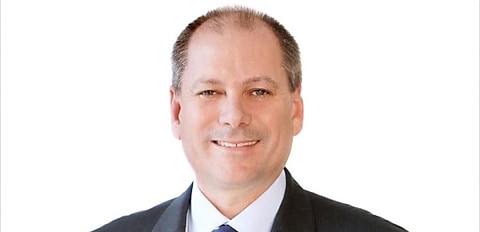Westpac Group, in its annual financial report for the fiscal year 2023, announced a 5 per cent increase in new loans, totaling $773 billion.
Its Australian mortgage book reached $486 billion – a 1.2 times increase over system – thanks to $13 billion in new loans.
Around 67.1 per cent of this mortgage portfolio were from owner-occupied properties and 31.6 per cent from were investor loans, with brokers now writing 51.9 per cent of mortgages (up from 50.1 per cent).
Westpac witnessed the expiry of a significant proportion of fixed-rate loans, amounting to $51 billion, the “largest” proportion yet.
The bank also reported a surge in the retention rate of fixed-rate mortgages, rising from 82 per cent to 90 per cent, and the third-party loan approval process now takes only seven days.
Westpac mortgages represents 21 per cent of Australian mortgage market share.
Chief executive of Westpac, Peter King, expressed pride in the bank’s strong financial performance, boasting a 10 per cent increase in positive return on equity and a 26 per cent surge in net profit, amounting to $7.20 billion.
Mr King attributed this growth to the bank’s success in deposits, institutional banking and mortgages, all achieved within a fiercely competitive mortgage market.
However, amid the increase in mortgages, there was a slight increase in delinquencies, rising from 1.07 per cent in September 2022 to 1.26 per cent.
Specifically within the Australian mortgage market, 90-day delinquencies experienced an uptick of 0.86 per cent.
Mr King acknowledged the challenges imposed by higher interest rates and the 3 per cent buffer mandated by the Australian Prudential Regulation Authority (APRA).
To address this, Westpac intends to continue offering certain customers a 1 per cent buffer on their loans, particularly those looking to refinance, subject to eligibility criteria, including loan-to-value ratio (LVR), bureau score and repayment amounts.
Additionally, the proportion of borrowers ahead on their loan repayments saw a minor decrease, declining from 49 per cent in September 2022 to 47 per cent.
Mr King anticipates that the more “challenging environment” witnessed in the latter half of 2023 will persist into 2024, noting that households have been under pressure due to the cost of living and rising interest rates.
“For many of our customers it’s been a challenging year. Households have been squeezed by cost-of-living pressures and rising interest rates, meaning some have had to adjust their spending to keep up,” he said.
“While more customers are calling us, hardship levels remain at around half the numbers we saw during COVID-19 and we are not yet seeing significant increases in customers falling behind on repayments. But this doesn’t mean it’s been an easy road.”
He acknowledged the resilience of customers who prioritise mortgage payments while making adjustments to their other expenses and he encouraged customers to reach out for assistance.
Technology investment
In a bid to enhance customer service, Westpac continues to invest in technology.
Notably, the percentage of home loan applications processed through the digital mortgage origination platform for first-party lending has risen to 87 per cent, up from 82 per cent in FY22 and 32 per cent in FY20.
Mr King reiterated the bank’s commitment to simplification and streamlining, with a focus on integrating technology to address complexity, reduce costs and enhance service quality.
This includes merging and simplifying the bank’s technology infrastructure and streamlining customer and origination channels and product systems.
[Related: Westpac appoints new chair]

